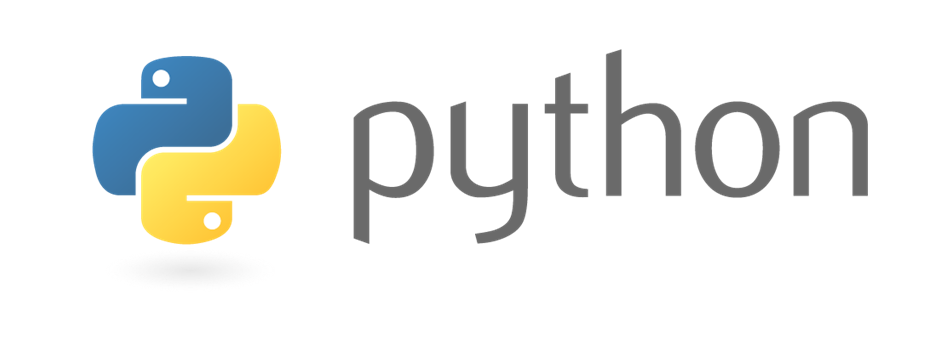6 Big Mistakes Developers Make When Using Python for Big Data
Choosing the right programming language is very crucial, especially considering that it is quite difficult to migrate once the development of the project begins. When it comes to Big Data, some of popular choices of programming languages are R, Python, Java and SAS. Although the choice of the language is often dependent on the type of project and the efficient delivered by the program in handling it previously. However, Python has emerged as the most preferred among developers when it comes to Big Data.
In this blogpost, we will learn some of the common mistakes made by a developer when using Python programming language for Big Data. But, before we proceed, let’s understand what is Big Data and why it is such an important market trend, and what makes Python so much preferred by Big Data developers.
What is Big Data and Market Growth?
Big Data stands for the gigantic data sets that are analysed to discover patterns and trends related to that specific data set, further related to a specific function of the data set. It is among the hottest topic in the technological world. Big Data is a rapidly growing industry, and the increase in demand cuts across all industries. Organisations are looking for solutions to mine and process heaps of information from our daily digital interactions, connected devices, etc., to make intelligent decisions. The most recent surveys are a testament to that.
According to the survey conducted by NewVantage Partners – Big Data Executive Survey 2017 – roughly 80 percent of executives said their big data investments were ‘successful’. The Grand View Research states that by 2025, the Big Data market will reach $123.2 billion. And, an IDC report concurs that worldwide revenues for Big Data and Business Analytics are estimated to increase from $150.8 billion in 2017 to $210 billion in 2020.
What Makes Python the Most Preferred Programming Language for Big Data Projects?
To begin with, Python is easy to learn compared to other languages for all, including those without any programming background. The programming language is easy to use, requires writing less codes and is therefore less time-consuming. Unlike earlier, the Anaconda platform has spruced up the speed. Another reason is its compatibility with Hadoop, the most popular open source Big Data platform. There is a large community which you can turn to for queries alongside a wealth of learning material is at your disposal. Python also has a vast range of packages such as Scipy, NumPy, Pybrain and more. Some of these packages have improved data visualization.
Despite these features, developers could be stuck with some mind-numbing problems. For any programming language, apart from what works best, it is also important to know the mistakes that need to be avoided. Python is capable of developing huge applications in a shorter period, but its large library means developers often miss out on some important features leading to inefficiency and performance issues. To avoid those, it is important to ensure you don’t make these six mistakes when using the Python programming language for Big Data analytics.
- Reinventing the Wheel
Developers have to often load a CSV file to work with it. Many developers spend a huge amount of time in CSV loading. They run through dictionaries, libraries and various other resources. This ultimately takes away a lot of time, which leads to a shorter time for the real work of analysis. In actual sense, there is no reason of taking such decisions while working with Python.
- Understand the Time Zones
In the initial stages, it is tedious for programmers to understand the Epoch time of the language. The reason behind this is that the Epoch time is same all over the world, but it gets changed depending upon the time zones in different parts of the world. So, in order to understand the concept of Epoch one has to be good at calculating time zones.
- Prevent Losing Focus
At times, the time spent waiting for an outcome could affect your concentration. In fact, many developers often find themselves waiting idle in front of their systems for a specific output. It is quite possible that the output of a small dataset may take more than 10 minutes at times. This not only leads to wastage of your precious time, but the breakage of focus could affect your input. Developers can overcome such a situation easily. Many developers do not know that there are special features in Python that can help in speeding up with the codes.
- Manual Integration
Though Python is one of the best languages for data analysis, it may still fail when handling a gigantic data set. The best way to approach this is by automating processes by breaking them into smaller sets, which can be dealt with using separate frameworks. With several frameworks, a programmer can easily break the data set into smaller sets and then feed it to Python.
- Keep Track of Data Types
A developer may sometimes assume the data type of some variables, but it could be a different type in reality. Moreover, Python does not include correcting or supporting type validation. This could lead to a number of times when errors can be detected but the type of error goes undetected. So, it becomes critical to keep track of data types at every step. In fact, a programmer must check or rather double check each and every data type before query implementation. Failing to do so means whenever an error occurs, the complete process must be initiated from the beginning that may eventually end taking up a lot of time.
- Efficient Testing
When working with Big Data applications, adequate and purposeful testing across the entire life cycle of a product is important. This needs to be taken very seriously.
If you are a professional or an aspiring programmer looking to be a part of future-proof emerging technologies, then Python is an essential language that you must learn. And, those with time constraints can do so right from the comfort of their couch through online classroom learning.
We offer a series of certification courses for students as well as professionals in Python and Big Data. You can take a look here.






